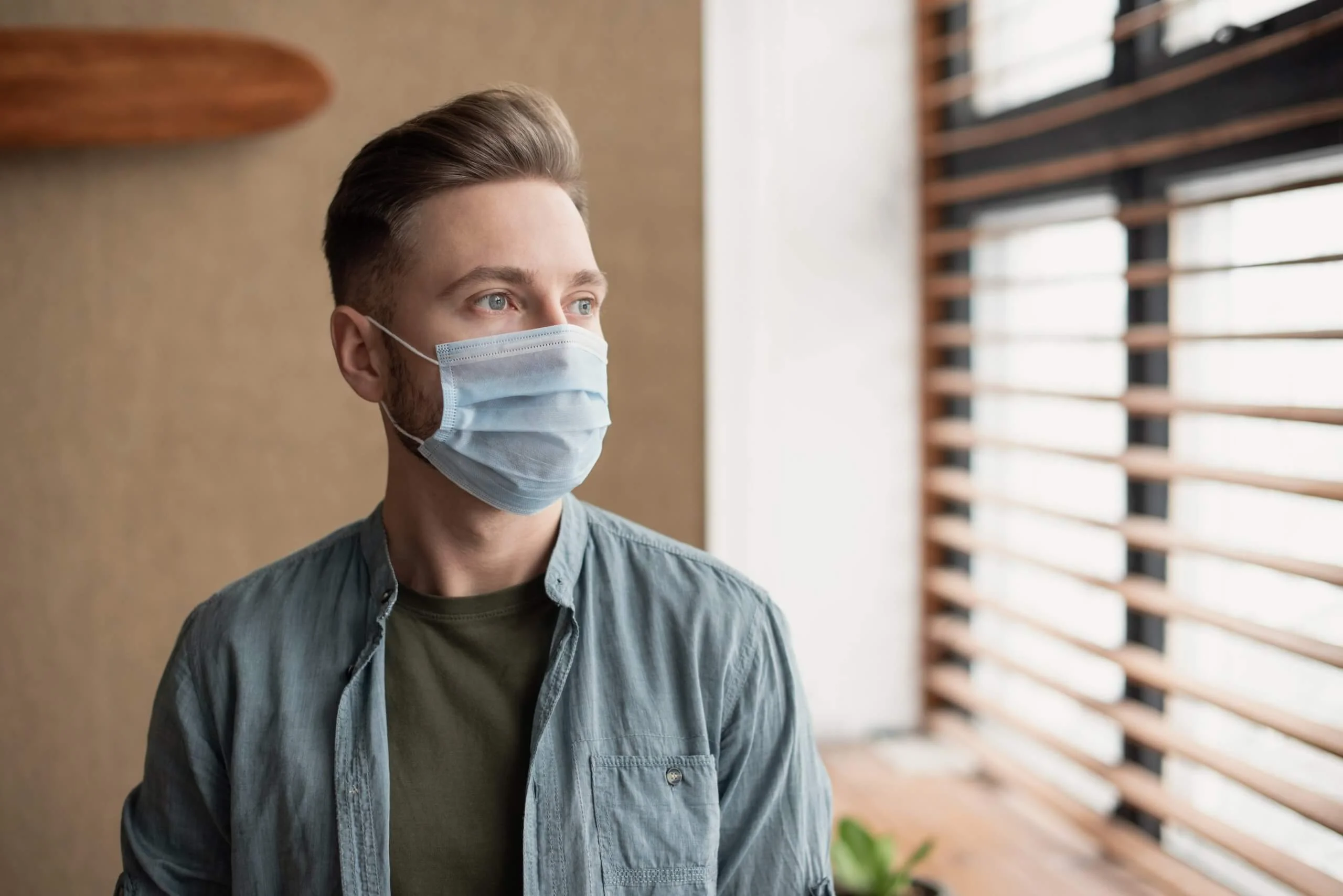

Los Angeles Addiction Statistics
Its population of almost 40 million people makes California the most populous of the states. The population of the Los Angeles area alone in 2020 reached 12,447,000 million people. Los Angeles enjoys a reputation for a lot of positive attributes. It is the mecca for the television and film industry. Many celebrities and business moguls call the area home. Residents and tourists are drawn to the dazzling beaches, warm weather, and scenic landscapes within a short drive.
Los Angeles has a dark side, too. It has weathered tremendous impact from drug and alcohol addiction for decades. Studies coming from a variety of sources spotlight the impact of addiction to drugs and alcohol in L.A. County.
Opioid Abuse Takes a Huge Toll in L.A. County
The National Institute on Drug Abuse reports that as recently as 2018, California medical workers wrote 35.1 opioid prescriptions for every 100 persons. Opioid-related overdose deaths totaled 46,802 that same year; nearly 70% of all overdose deaths.
Deaths involving opioid usage showed an increase of more than 60%. Fentanyl and fentanyl analogs constituted the majority of those deaths. In 2018, 497 opioid-related deaths occurred in Los Angeles County; a 41% increase from two years earlier.
Neonatal Abstinence Syndrome (NAS) and Neonatal Opioid Withdrawal Syndrome (NOWS) are conditions that may occur when a woman uses opioids while pregnant. The rate of NAS/NOWS occurrences in births in California is 2.5 cases per 1,000 hospital births. These babies are born addicted to drugs and suffer from withdrawal symptoms. These symptoms can include respiratory distress, vomiting, difficulty eating without becoming ill, seizures, and tremors.
Many infants born with NAS/NOWS must be administered methadone or morphine to help them overcome their addictions. They often need to remain in the hospital in excess of two weeks before they are healthy enough to go home.
Methamphetamine Accounts for the Highest Number of Treatment Cases
A report by The Los Angeles County, Sentinel Community Site (SCS), Drug Use Patterns and Trends, 2018 found that methamphetamines constituted the highest number of treatment cases in the area. Meth usage was cited in 29% of admissions to L.A. County addiction treatment programs.
Heroin-related Deaths Are On the Rise
In 2018, heroin-related deaths rose to nearly 800. Calls to area poison control centers related to heroin usage and overdoses increased. Heroin addiction was the second most cited reason for admission to addiction treatment programs, according to The National Forensic Laboratory Information System (NFLIS).
Cocaine is the Third Most Popular Drug in L.A.
The NFLIS reported that cocaine is the third most popular drug used in the L.A. area. Beginning in the 1970s, cocaine enjoyed widespread usage in Southern California. Many people did not yet understand the dangers of cocaine. Using cocaine can cause many serious side effects, including heart attacks, seizures, convulsions, strokes, and death.
Recreational Marijuana Use Proves Popular
A change in California law in 2016 made recreational usage of marijuana legal. Adults age 21 and older may now possess up to one ounce of cannabis for recreational use and can grow up to six live plants individually.
County of Los Angeles Public Health issues a report that estimates about 30% of pot smokers exhibit some symptoms of Cannabis Use Disorder. These symptoms include developing a tolerance to cannabis, having cravings for it, and experiencing problems in their personal lives due to usage.
Addiction treatment program admissions that cited marijuana as the main drug of usage accounted for approximately 10% of admissions in L.A. County. Emergency department visits related to marijuana usage numbered 3,505 in 2017.
Why Sober Living Is Crucial to Addiction Recovery
The amount of drug and alcohol addiction in Los Angeles County demonstrates the intense need for treatment. The high rates of substance use disorder mean that a variety of options for treatment must be available. These include detoxification programs, residential, and inpatient treatment. While ensconced in a residential or inpatient program, people new to establishing their sobriety typically benefit from round-the-clock supervision by medical and psychiatric clinicians.
A sometimes overlooked key component to treating addiction involves sober living environments. Sober living homes provide housing for multiple people who are in similar places in addiction recovery. They have completed their intensive programs and utilize sober living houses to help them put what they’ve learned into practice.
Sober living homes offer their residents long-term housing that gives them the freedom to come and go while they begin shaping their post-recovery lives. They often learn life skills such as meal preparation, job training, continuing education, and managing a budget.
They can still access therapy and medical appointments, typically outside the sober living house. By the time they are ready to return home, they have accumulated a great deal of time learning to embrace and maintain sobriety and learning to reintegrate. Benefits like this help decrease the number of people who end up relapsing.
At Riviera Recovery, our sober living homes for men and women provide a safe place to recover from substance use disorder and mental health issues. Our comprehensive staff understands what it takes to recover and uses an individualized approach to guide individuals through the process. Fill out the form below or call us now at 855-207-9708. One phone call can change your entire life.




